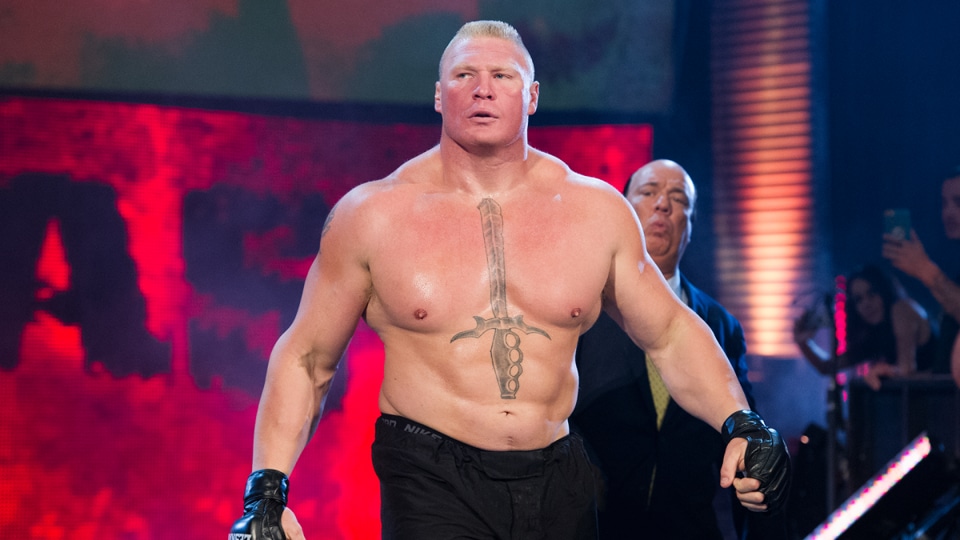
Beginning with the 2021 edition of Fastlane, WWE PPVs began airing on Peacock's WWE Network channel in the United States, following a merger between the two platforms. Brand exclusive PPVs ended after WrestleMania 34.

Īfter the second brand extension in July 2016, brand-exclusive PPVs returned with the "Big Four" as the only PPVs to feature both Raw and SmackDown brands. WWE's focus has shifted away from delivering their events solely on PPV channels, with their main focus now delivering all of the events on the WWE Network as well, including some exclusive events such as NXT Arrival. The company's PPV business began to drastically change with the launch of the WWE Network on February 24, 2014.


In 2008, all WWE PPV events began broadcasting in high-definition. In March 2007, WWE announced that all subsequent PPV events would feature performers from all brands. A special ECW PPV in 2005 led to the creation of an ECW brand in 2006, which also received its own dedicated PPV events. The traditional "Big Four" continued to showcase the entire roster, while the remaining PPV events alternated between Raw and SmackDown cards. In addition, WWE produced international PPVs not available in the United States between 19.įollowing WWE's original brand extension in 2002, the company promoted two touring rosters representing its Raw and SmackDown television programs. The company's PPV lineup expanded to a monthly basis in the mid-1990s before expanding even further in the mid-2000s. WWE has been broadcasting PPV events since the 1980s, when its classic "Big Four" events ( Royal Rumble, WrestleMania, SummerSlam, and Survivor Series) were first established.

This is a list of WWE pay-per-view and WWE Network events, detailing all professional wrestling cards promoted on pay-per-view (PPV) and the WWE Network by WWE. In 2019, the 35th edition took place at MetLife Stadium and attracted 82,265 spectators. WrestleMania is WWE's biggest pay-per-view event.


 0 kommentar(er)
0 kommentar(er)
